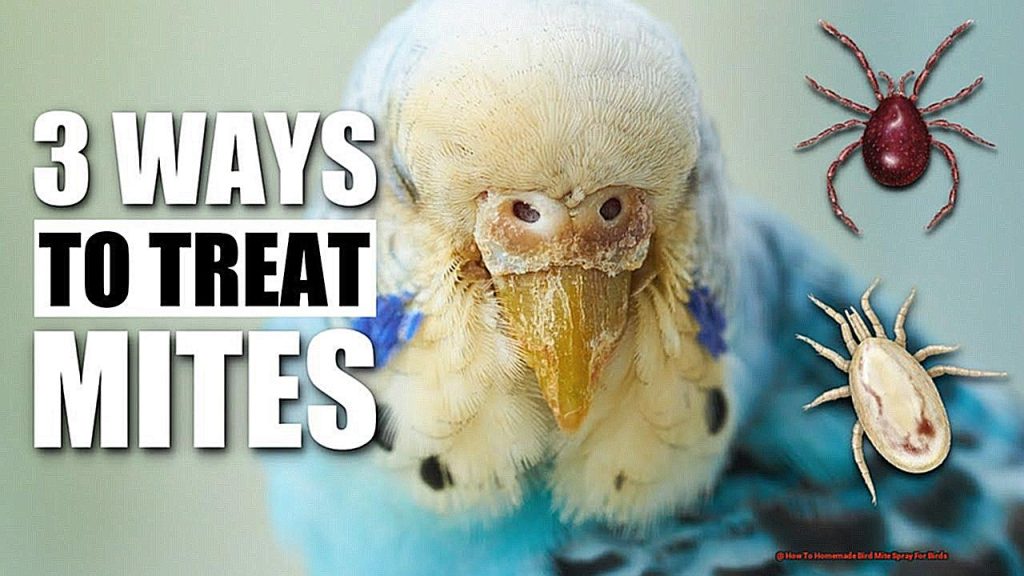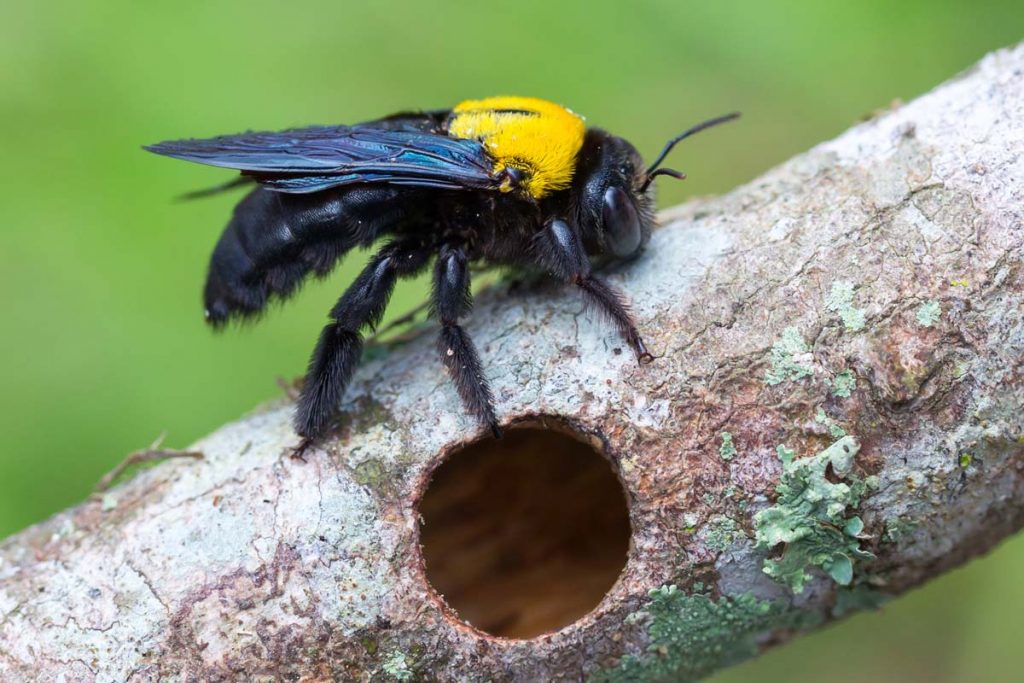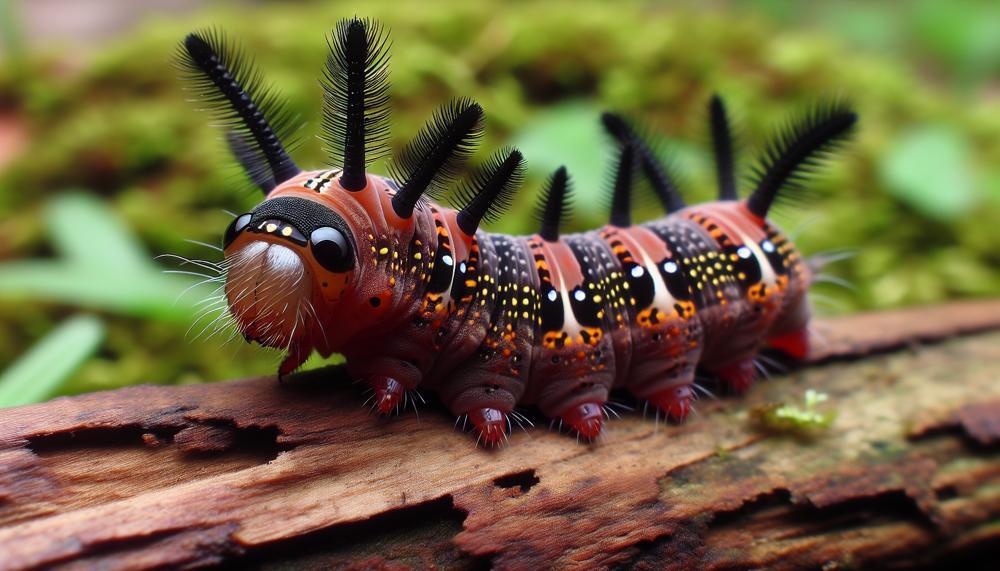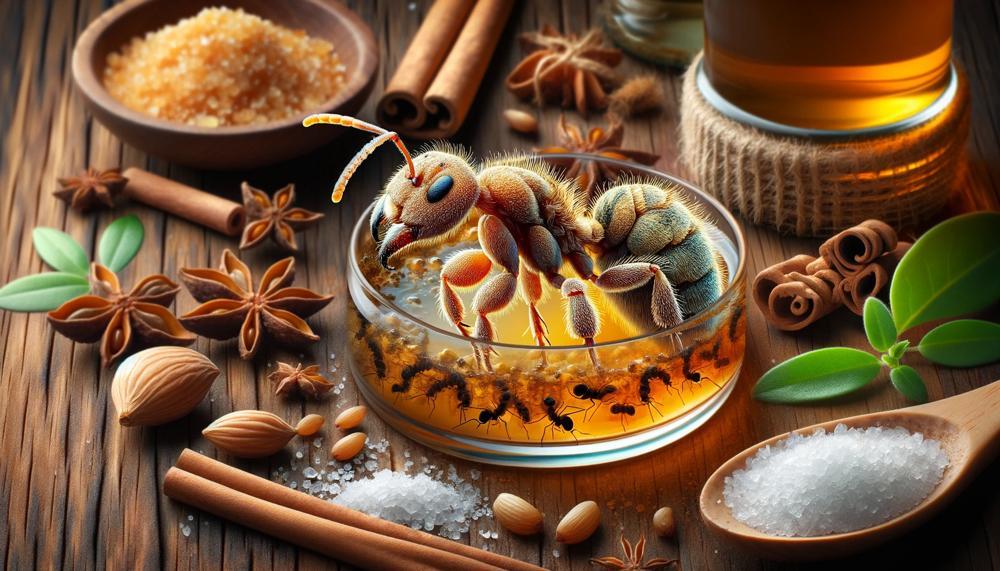Are you aware that a single chipmunk can gather up to 165 acorns in a day? This astonishing feat of nature often leads these small, cheeky critters right into our backyards, where their foraging habits can cause quite a stir. While chipmunks are undeniably cute, their presence can be less than charming when they start to disrupt your garden’s peace.
In this article, we’re diving into the world of chipmunks – not to marvel at their acorn-collection skills, but to explore effective, nature-friendly ways to encourage them to frolic elsewhere.
So, how do you get rid of chipmunks naturally?
Here are some natural ways to get rid of chipmunks:
- Cayenne Pepper Spray: Mix 1 tablespoon of cayenne pepper with 1 cup of water. Spray this mixture around the areas where you are seeing chipmunks. The peppery scent will deter them.
- Repellent Plants: Certain plants like daffodils, garlic, and marigolds are known to naturally repel chipmunks1. Adding these plants to your garden can help deter chipmunks.
- Clean up the Garden and Yard: Make sure to clean up any fallen fruit or nuts and get rid of any old wood piles or debris where chipmunks might like to nest.
- Human Hair Clippings: Scatter human hair clippings around your property. Chipmunks are naturally repelled by the smell of human hair.
- Ultrasonic Devices: These devices emit a high-frequency sound that is unpleasant to chipmunks and other pests.
Remember, these methods can help control a chipmunk problem, but they may not completely eliminate chipmunks if the infestation is severe.
In such cases, you may need to consult a pest control professional.
Let’s get started.
Table of Contents
Identifying an Infestation
Identifying a chipmunk infestation in your home or yard hinges on keen observation and a bit of know-how. These small, stripe-backed rodents, while cute, can wreak havoc on gardens and landscaping.
Here’s how you can spot if these furry intruders have made your space their new haunt:
| Sign | Description | Why It Matters |
| Holes in the Yard | Look for small entrances to burrows, about two inches in diameter, often hidden near structures or trees. | Chipmunks excavate to create nests and store food, leading to unsightly lawns and potential harm to plant roots. |
| Droppings | Small, cylindrical, with pointed tips, found near burrows or common paths. | Aside from being a hygiene concern, a high concentration of droppings indicates an active chipmunk population. |
| Sounds | Chattering or rustling, especially during dawn or dusk when they are most active. | Hearing these sounds regularly suggests chipmunks are roaming freely in your area. |
| Plant Damage | Evidence of dug-up bulbs or nibbled plants and vegetables. | Chipmunks forage for food, and this behaviour can decimate gardens and ornamental plants. |
| Pet Behaviour | Dogs and cats showing unusual interest in specific areas, possibly digging or barking/meowing more than usual. | Pets often detect chipmunks before humans do, thanks to their keen senses. |
Spotting one or two chipmunks doesn’t necessarily spell infestation; these creatures are common in many environments. However, noticing several of these signs concurrently usually means it’s time to take action.
Remember, while they’re looking for grub and a place to bunk down, they’re not out to get you personally. But that doesn’t mean you have to live with them cheekily disrupting your garden’s peace.
How to Get Rid of Chipmunks Naturally
| Method | Description | Effectiveness |
| Cayenne Pepper Spray/Flakes | Applying a mixture of water and cayenne pepper or sprinkling cayenne flakes around garden perimeters and entry points. | Highly effective for deterring chipmunks due to the irritant nature of capsaicin. |
| Repellent Plants | Planting daffodils, garlic, and marigolds, which are natural chipmunk repellents due to their strong scents. | Moderately effective; acts as a deterrent but may require additional methods in areas with high chipmunk populations. |
| Yard Clean-up | Removing fallen fruits, nuts, and debris from your yard to reduce food sources for chipmunks. | Moderately effective; reduces attraction to the area but does not deter determined chipmunks. |
| Human Hair Clippings | Scattering hair clippings around gardens and potential nesting sites to utilize human scent as a deterrent. | Moderately effective; success varies depending on the quantity of hair used and weather conditions. |
| Ultrasonic Devices | Devices that emit high-frequency sounds intolerable to chipmunks but inaudible to humans. | Temporarily effective; chipmunks may become habituated over time, requiring periodic relocation of devices. |
| Homemade Bucket Trap | A humane trap using a bucket filled with water and baited with seeds or nuts to capture chipmunks without harm. | Moderately effective; requires regular monitoring and relocation of captured chipmunks. |
| Lysol, Epsom Salt, and Water Spray | A homemade repellent spray made with Lysol, Epsom salt, and water to create an unwelcoming environment for chipmunks. | Moderately effective; requires frequent application especially after rain or watering. |
| Fencing and Barrier Installation | Installing small mesh fences around gardens or entire properties to physically prevent chipmunk entry. | Highly effective; ensures physical exclusion of chipmunks but requires maintenance to prevent digging underneath. |
Takeaway
Getting rid of chipmunks in your yard or garden naturally involves a combination of deterrents and habitat modification to make your space less appealing to these critters. Here’s a table summarizing effective, natural methods you can employ:
| Method | Description | Application Tips |
| Natural Repellents | Planting garlic or daffodils around your garden acts as a natural deterrent. | Plant these around the perimeter of your garden or near areas of chipmunk activity. |
| Clean Up | Removing fallen fruits and berries reduces food sources, making your garden less attractive. | Regularly inspect and clean the ground beneath fruit trees and berry bushes. |
| Remove Shelter | Chipmunks seek shelter in dense shrubs and rock piles. Removing these can discourage habitation. | Maintain a tidy yard by pruning shrubs and removing unnecessary piles of rocks or debris. |
| Ultrasonic Repellents | Devices that emit ultrasonic waves can be unsettling for chipmunks, encouraging them to leave. | Position devices around your garden, especially near entry points and frequented areas. |
| Spicy Deterrent | A homemade spray of cayenne pepper and water can repel chipmunks from specific areas. | Spray liberally around the garden, focusing on plants and areas where chipmunks feed or nest. |
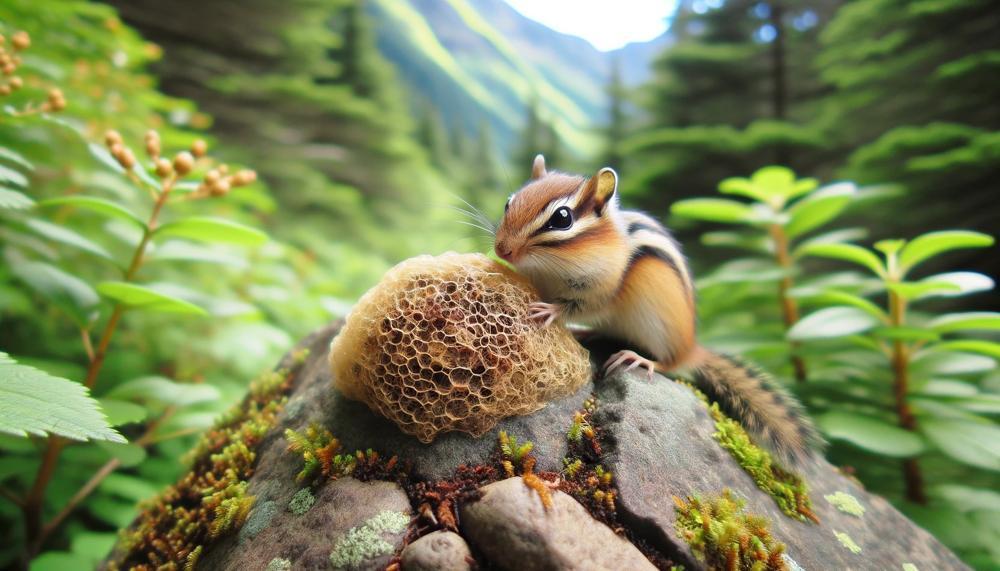
Each method has its place in a comprehensive approach to managing chipmunk populations. By combining several strategies, you can increase your chances of keeping these agile creatures at bay.
Remember, consistency is key – reapply natural repellents after rain and maintain cleanliness and order in your garden to deter chipmunks over the long term.
Conclusion
Chipmunks play an interesting part in the lively dance of nature and human life. These small, quick animals are famous for being able to gather huge amounts of acorns. They often end up in our yards because our gardens provide them with food without our knowing it. Despite their occasional cuteness, they may not always find acceptance, particularly when they disrupt the tranquility of our green spaces.
Using natural repellents and modifying the environment to create a “keep out” zone are key components of a yard design that effectively discourages animals from entering. Imagine putting up a wall of garlic and daffodils. The strong smell of these flowers would politely keep people from entering.
Imagine that your yard, which doesn’t have any falling food or extra cover, is quietly telling chipmunks that there aren’t many resources available. Think about the discord that sound devices create, which is scary for chipmunks but not audible to us. Consider the hot, spicy bite of cayenne pepper spray to be a burning wall around your favorite plants.
This type of method needs balance and determination. The key to success is to put together deterrents and changes that make the scenery less appealing to our furry foragers.


